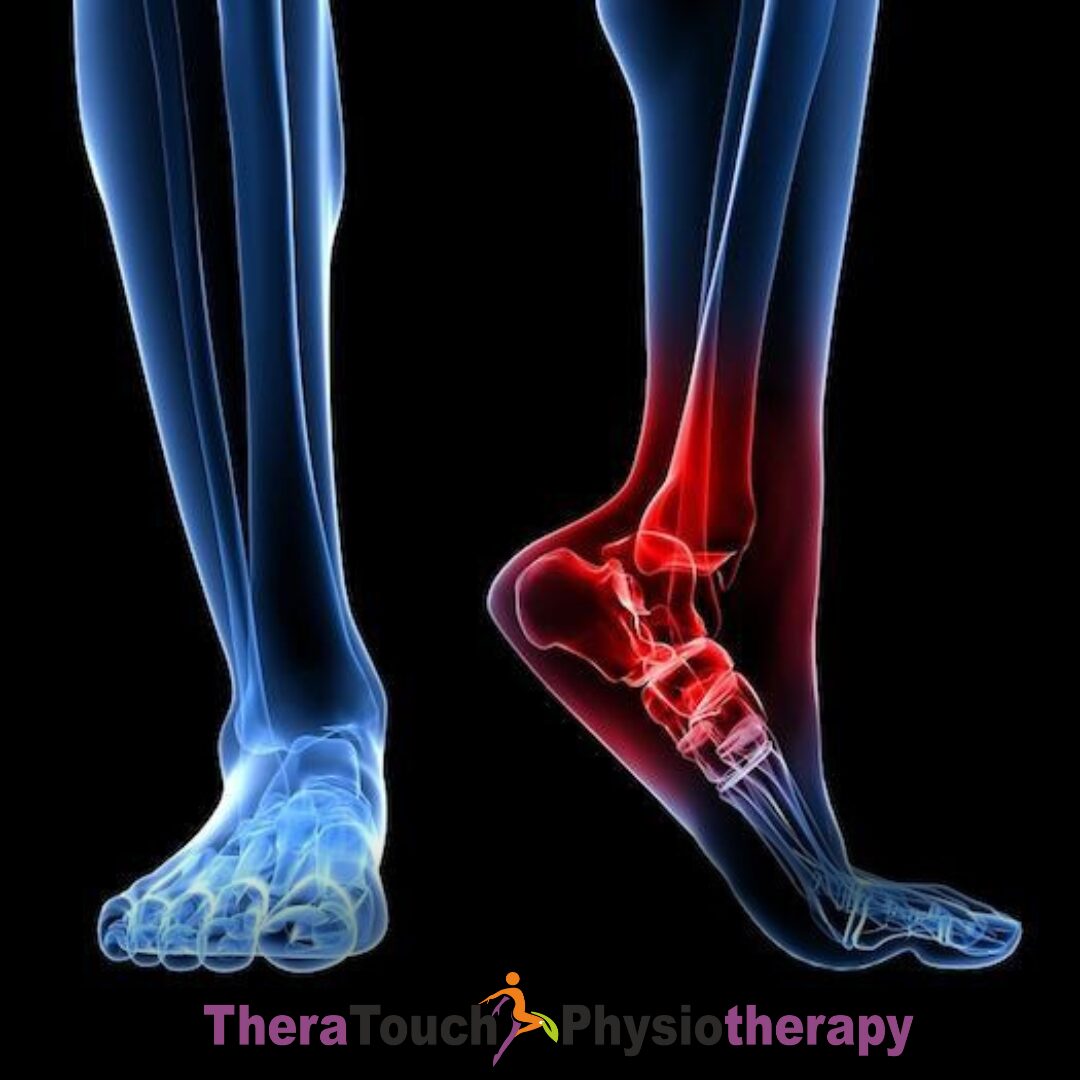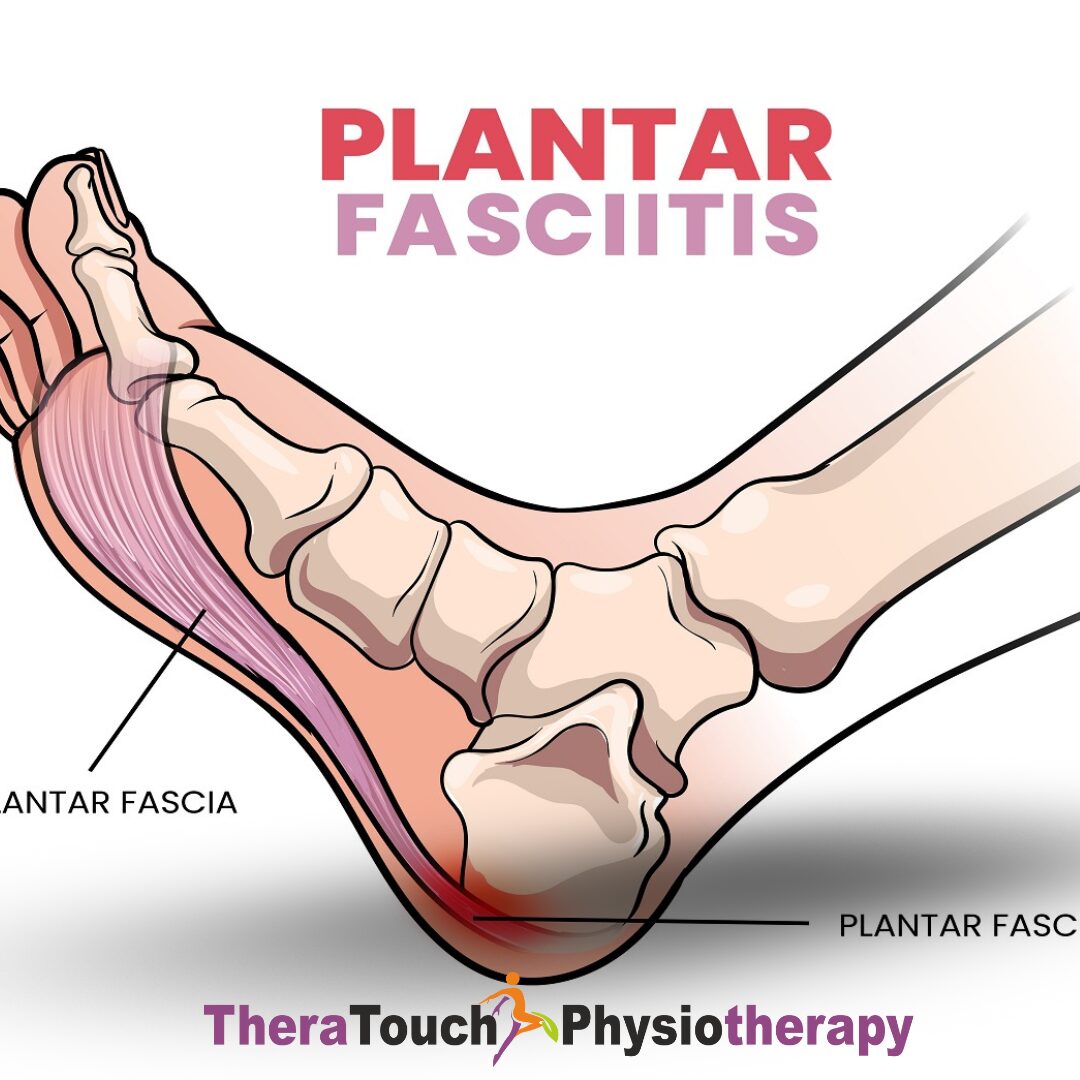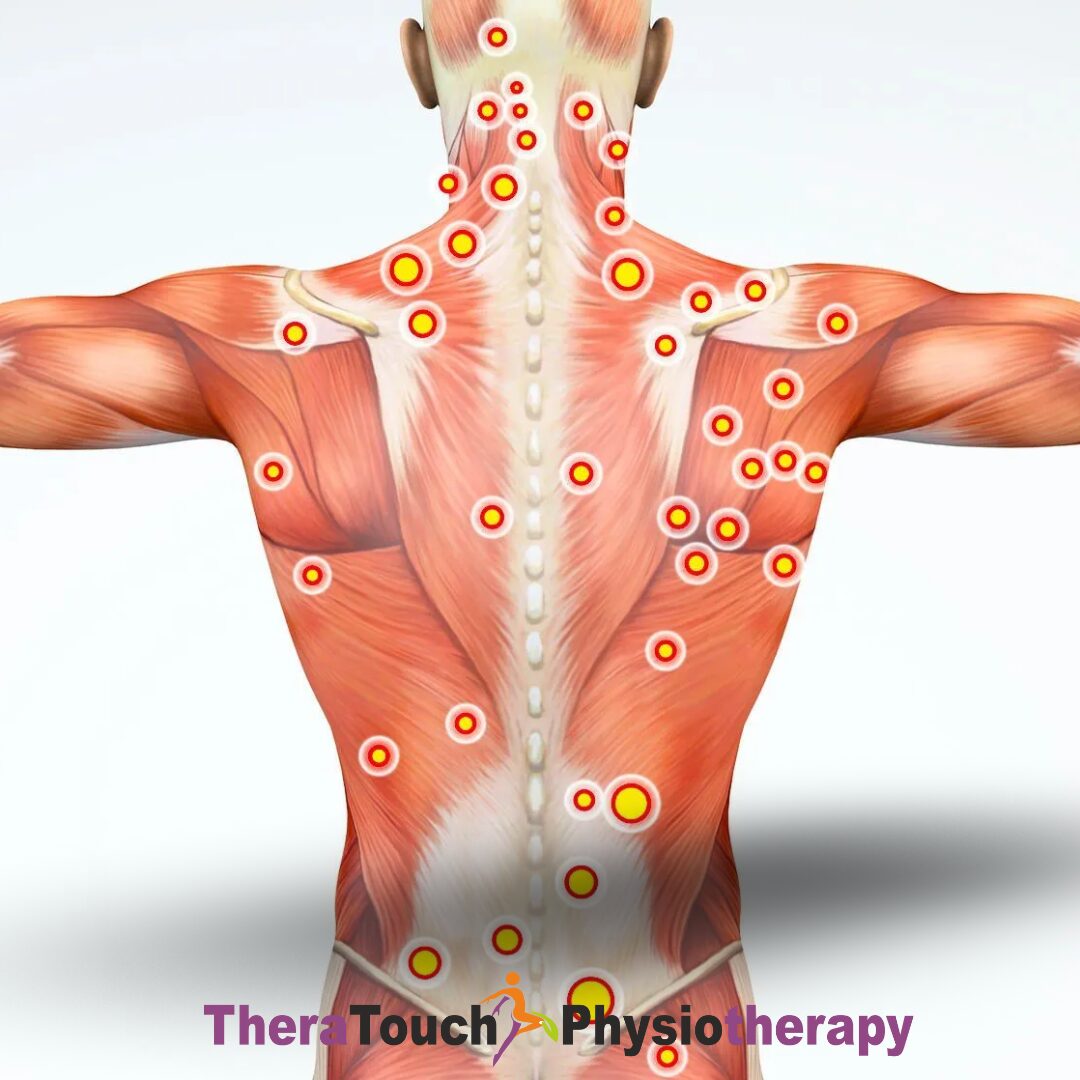Stroke: Recognize the Signs, Act Fast, and Reclaim Recovery
You wake up in the morning, ready to go about your usual routine. But your hand feels heavy. Your words come out slurred. One side of your face feels numb. You try to stand, but your leg refuses to cooperate. Something feels wrong, and it is happening fast.
This is how stroke often begins. It does not announce itself gently. It arrives with urgency, stealing control from the brain and disrupting the most basic functions of life. But this story, though terrifying, does not always end in permanent loss. With immediate action and the right rehabilitation approach, many people do not only survive stroke, they regain function, independence, and dignity. Let’s walk through what a stroke is, what causes it, how to recognize it quickly, and most importantly, how physiotherapy helps people rebuild their lives after it.
What Happens During a Stroke?
A stroke occurs when the brain suddenly loses its blood supply. This cuts off oxygen and nutrients from brain cells, which begin to die within minutes. Depending on which area of the brain is affected, a stroke may impair speech, movement, vision, memory, or even personality.
There are two main types of stroke. An ischemic stroke happens when a blood clot or plaque blocks a blood vessel in the brain. This accounts for about 85 percent of all strokes. A hemorrhagic stroke, on the other hand, occurs when a blood vessel ruptures and bleeds into the surrounding brain tissue. There is also a transient ischemic attack, often called a mini-stroke, where symptoms last only a few minutes or hours but still require immediate care. When a stroke strikes, time becomes the most critical factor. Brain tissue dies rapidly without oxygen. For every minute that passes, a stroke can destroy nearly two million brain cells. That is why acting fast can save both life and function.
Learn the Warning Signs: BE FAST Can Save a Life
When a stroke strikes, every second counts. Quick recognition and treatment can save brain function, mobility, and even life itself. The easiest way to remember the signs is with the acronym BE FAST:
- B – Balance: Is the person suddenly dizzy or losing coordination?
- E – Eyes: Is vision blurred, double, or lost in one or both eyes?
- F – Face: Ask them to smile. Does one side droop?
- A – Arms: Can they lift both arms? Does one drift downward?
- S – Speech: Is their speech slurred, strange, or hard to understand?
- T – Time: Time to call emergency services immediately.
Never wait to see if symptoms go away. Stroke is a medical emergency. Immediate treatment gives the brain its best chance at survival and reduces the severity of disability.
Risk Factors You Can and Cannot Control
Some stroke risks are outside of your control, such as age, genetics, and a personal or family history of stroke. But many risk factors are manageable with lifestyle changes. These include high blood pressure, high cholesterol, smoking, obesity, diabetes, and lack of physical activity. Even mental health plays a role. Chronic stress, depression, and poor sleep can contribute to unhealthy habits that increase stroke risk. Fortunately, making changes to diet, exercise, and medication adherence can reduce your risk significantly. Regular checkups, blood pressure monitoring, and quitting smoking are some of the most effective steps anyone can take.
How Physiotherapy Helps After a Stroke
Physiotherapists drive recovery after a stroke. They reconnect the brain and body, retrain lost functions, and teach new ways to move, adapt, and live. Stroke recovery takes time, but consistent physiotherapy produces steady and meaningful progress. In the early stages of rehabilitation, physiotherapists prevent complications. They keep joints flexible, maintain muscle length, and protect skin from pressure sores. They position patients safely in bed or a wheelchair and start gentle movements to boost circulation and activate weak muscles. They also help patients relearn how to sit upright, shift weight, and stand with support.
As strength returns, physiotherapists restore movement patterns. They teach patients to improve posture, regain balance, and rebuild walking ability. They guide exercises that strengthen arms, legs, and trunk while correcting uneven movement caused by weakness on one side. When needed, they use assistive devices or functional electrical stimulation to activate weak muscles and improve control. Physiotherapists improve coordination by guiding patients through exercises that sharpen timing, control, and awareness. They design each program to match individual goals and adjust it as recovery advances. They reduce spasticity, restore symmetrical movement, and increase confidence in everyday tasks.
Physiotherapists also motivate and educate.
They explain each step of the recovery process and help patients build confidence as they learn new ways to move. They teach safe practice at home and show patients how to use their strengths and adapt to new abilities. They restore independence and rebuild self-esteem alongside physical recovery. Physiotherapists harness neuroplasticity, the brain’s ability to form new connections. They use repetition, structured tasks, and guided movement to build new pathways. This process helps patients recover skills they lost after a stroke. With time and practice, many people regain control over affected limbs and return to daily activities.
Physiotherapists also guide functional training. They help patients practice dressing, cooking, bathing, and other daily activities. These tasks improve strength and coordination while preparing patients to return to life at home, at work, or in the community. Physiotherapy supports stroke survivors through every stage of recovery. It restores movement, improves mobility, and rebuilds quality of life. With expert guidance and consistent effort, many patients reclaim their independence and learn how to move forward with strength.
What Makes Stroke Recovery Successful?
Stroke recovery is most successful when it begins early and continues consistently. It requires patience, persistence, and professional guidance. Physiotherapists tailor rehabilitation programs to each person’s goals, challenges, and abilities. They focus on what matters most ‘ that is regaining function and restoring dignity. Recovery is not linear. There are setbacks, plateaus, and emotional hurdles. But with the right support, stroke survivors often achieve far more than they expected. Family members, too, become part of the journey. Therapists teach loved ones how to assist safely, encourage progress, and maintain hope.
Recognize, Respond, Rebuild
Stroke changes lives in an instant, but recovery can begin just as quickly. When you know the signs, when you remember to BE FAST you hold the power to save a life. And when that life is saved, physiotherapy becomes the bridge between survival and living. It helps stroke survivors stand again, speak again, and believe again. Whether you are a survivor, caregiver, or someone who wants to be prepared, know this: Stroke recovery is real. Movement returns. Function rebuilds. Life adapts. And it starts with action. First to recognize the signs, then to reclaim the body through care.




